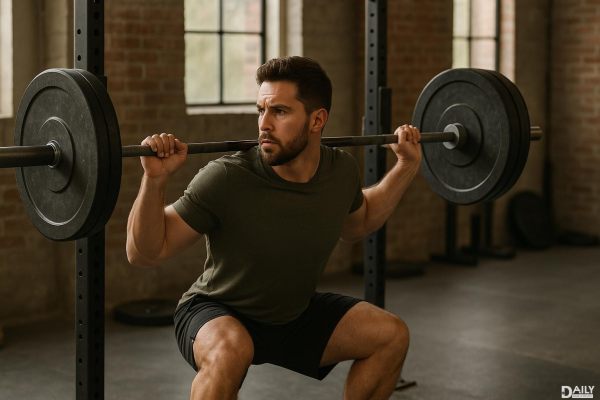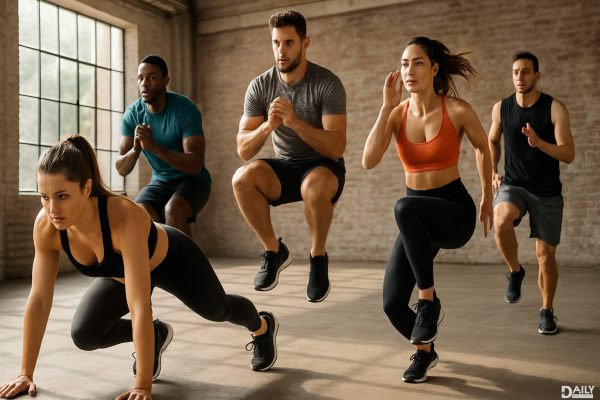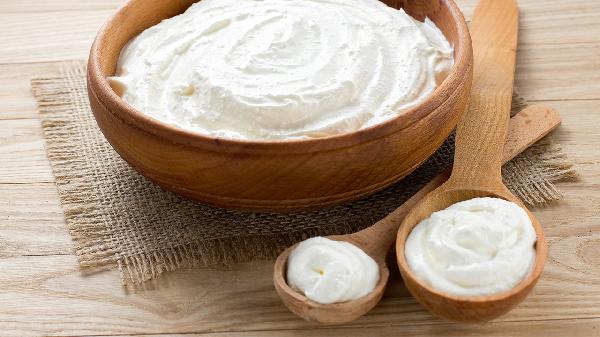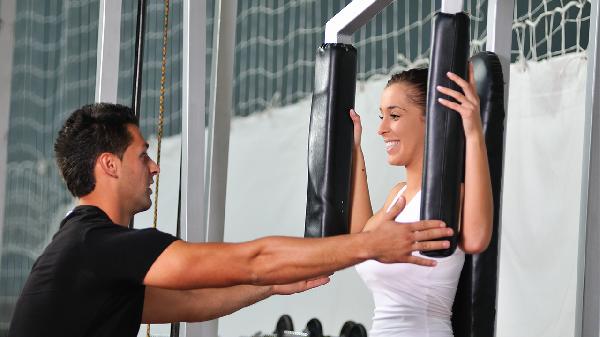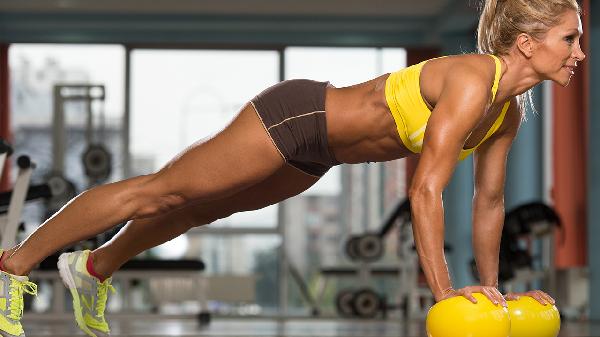If you've been grinding through traditional leg extensions at the gym and still feel like one side is lagging, it's time to switch things up. The one-legged leg extension isn't just a variation—it's a game-changer for building balanced strength, fixing muscle imbalances, and even boosting athletic performance. This underrated move isolates each quad like nothing else, forcing your weaker side to catch up while improving stability and control. Let's break down why this single-leg powerhouse deserves a permanent spot in your leg day routine.

Most lower-body exercises—squats, lunges, even standard leg extensions—let your dominant side take over without you realizing it. Over time, that imbalance can lead to awkward movement patterns, joint stress, and even injuries. The one-legged leg extension removes the cheating factor entirely. By working each leg independently, you’re forced to confront weaknesses head-on. Think of it as a reality check for your quads—no hiding behind your stronger leg here. Plus, single-leg training translates directly to real-world movements like running, jumping, and cutting, making it a must for athletes or anyone who wants functional strength.
First, adjust the machine so the pad rests just above your ankle when seated, and your knee aligns with the machine’s pivot point. Keep your non-working leg relaxed (no sneaky pushing with that foot!). Engage your core to avoid arching your back, and grip the handles lightly—this isn’t an arm workout. The key? Control the weight on the way up AND down. Many people blast through the concentric (lifting) phase and then let gravity do the work on the way down. Big mistake. Slowing the eccentric (lowering) portion increases time under tension, which is where muscle growth really happens. Start light to nail the form before piling on plates.
Here’s where the magic happens: visualize your quad contracting like a coiled spring as you extend your leg. At the top, squeeze for a full second—don’t just hinge and drop. This intentional pause eliminates momentum and ensures the muscle (not the machine) does the work. If you’re not feeling a deep burn in your quad by rep 8, you’re either going too heavy or rushing the movement. Pro tip: try a 2-second lift, 1-second hold, and 3-second lower tempo. It’ll humble even seasoned lifters but delivers insane muscle activation.
Once you’ve mastered the standard version, try these tweaks for extra fire:
Common Mistakes That Sabotage Results
Watch out for these pitfalls: 1、Kicking the pad: Using momentum (especially with heavy weights) shifts stress to your joints. 2、Partial reps: Only extending halfway cheats your quads of full-range benefits. 3、Hip thrusting: If your butt lifts off the seat, the weight’s too heavy. 4、Neglecting the weak leg: Always start your set with the weaker side to match reps evenly. 5、Ignoring pain: Discomfort is normal; sharp knee pain means back off and check your form.
The one-legged extension works best as a finisher after compound lifts like squats or deadlifts. Aim for 3-4 sets of 10-15 reps per leg, focusing on control rather than max weight. For hypertrophy, pair it with Bulgarian split squats or step-ups. For athletic power, combine it with plyometric jumps. And if knee issues are a concern, stick to higher reps (15-20) with lighter loads to strengthen the joint without excessive strain.
Ditching bilateral leg extensions for their single-leg counterpart might feel awkward at first, but the payoff—balanced strength, bulletproof knees, and next-level quad definition—is worth the learning curve. Your dominant leg won’t know what hit it.

